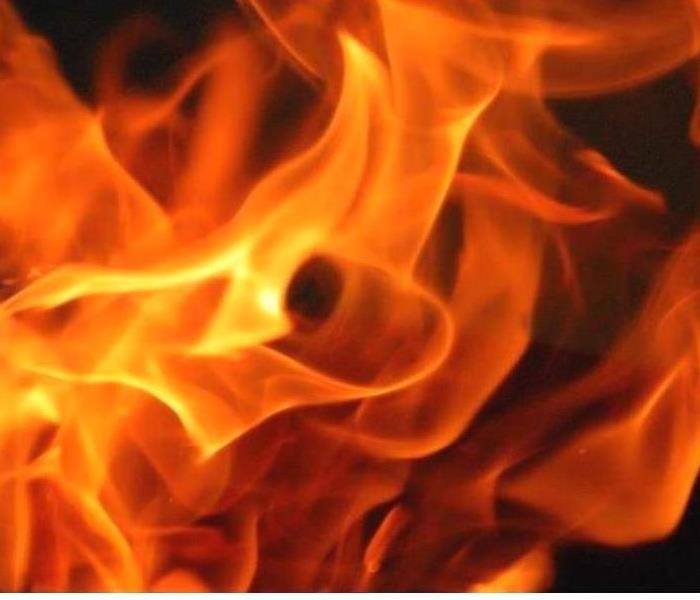Prevent Winter Fires
2/19/2019 (Permalink)
Preventing Winter Fires
Most home fires happen during the winter season. Follow these fire safety tips to keep your home and family safe:
- Keep area around heating equipment clear of flammables.
- If you use a fireplace, have the chimney swept yearly, use a sturdy screen to stop sparks and store ashes outside at least 10 feet away from the house.
- Use space heaters with automatic shut-offs and keep pets & children 3 feet away.
- Test smoke & carbon monoxide alarms and make sure batteries are fresh.
- Keep a fire extinguisher on each floor and teach family members how to use it.
- Keep baking soda by the stove to combat grease fires.
Heating
Heating is the second leading cause of U.S. home fires, deaths and injuries. December, January and February are the peak months for heating fires. Space heaters are the type of equipment most often involved in home heating equipment fires, figuring in two of every five fires (40%). More statistics on heating fires.
Carbon Monoxide
Often called the invisible killer, carbon monoxide (CO) is an odorless, colorless gas created when fuels such as gasoline, wood, coal, propane, etc. do not burn completely. In the home, heating and cooking equipment that burn fuel are potential sources of CO. Carbon monoxide incidents are more common during the winter months, and in residential properties. More statistics on carbon monoxide incidents.
Winter storms
Most of the U.S. is at risk for winter storms, which can cause dangerous and sometimes life-threatening conditions. Blinding wind-driven snow, extreme cold, icy road conditions, downed trees and power lines can all wreak havoc on our daily schedules. Home fires occur more in the winter than in any other season, and heating equipment is involved in one of every six reported home fires, and one in every five home fire deaths.
Generators
Portable generators are useful during power outages, however, many homeowners are unaware that the improper use of portable generators can be risky. The most common dangers associated with portable generators are carbon monoxide (CO) poisoning, electrical shock or electrocution, and fire hazards. According to a 2013 Consumer Product Safety Commission report, half of the generator-related deaths happened in the four coldest months of the year, November through February, and portable generators were involved in the majority of carbon monoxide deaths involving engine-driven tools.
Candles
December is the peak time of year for home candle fires; the top three days for home candle fires are Christmas, New Year’s Day, and New Year’s Eve. Each year between 2012 and 2016, an average of 8,200 home candle fires were reported each year. More statistics on candle fires.
Electrical
Electrical home fires are a leading cause of home fires in the U.S. Roughly half of all home electrical fires involved electrical distribution or lighting equipment, while nearly another half involved other known types of equipment like washer or dryer fans, and portable or stationary space heaters. More statistics on electrical fires.





 24/7 Emergency Service
24/7 Emergency Service
